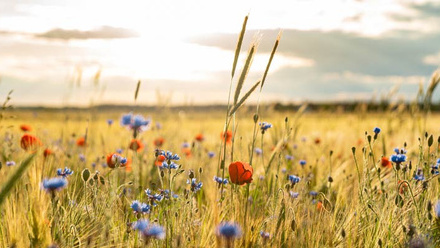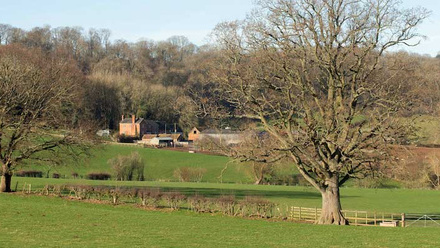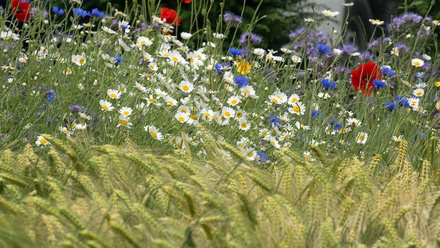ELMs Case Study: Mattersey, North Lincolnshire
Summary
- Family-run farm
- Cereal crops plus potatoes and carrots
- Maize for local AD plant
- Lake and woodland created from quarried land
- Long-term relationship with major fertiliser manufacturer/distributor
- Determination
- To improve soil and nutrition
- Currently in Mid-Tier
- Little knowledge but strong interest in ELMS
Background
This is an arable farm based near Mattersey in North Lincolnshire. It consists of 640 hectares and grows a diverse range of crops including wheat, barley and rye. Land within the rotation is used to grow potatoes and this is done by contractors.
They also grow carrots and sugar beet, as well as maize for a local anaerobic digestion (AD) plant which has been in place since around 2013.
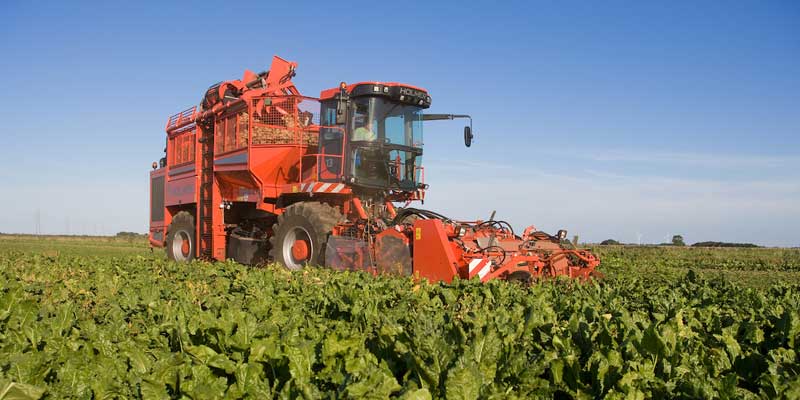
The digestate cake from the AD plant is used on the spring cereal crops and sugar beet, and liquid digestate is used on the maize. The farm is also adjacent to an SSSI.
It is run by a farm manager who is BASIS and FACTS qualified. In terms of soil on the farm he says: “It is mainly sand, although there are some heavier areas. Although my family have owned the farm since the late 1950s, they were not involved in running it until the 1980s when my father took over from the farm manager. In the past few years I have gradually been taking over from him.”
Quarried land
Some of the land on the farm was quarried, starting in the late 90s and finishing in 2006. As a result they now have around 60 to 70 acres of water with woodland around it, developed as part of a restoration plan, making a natural habitat.
“My dad wanted it restored in this way rather than just leaving the gravel pits and allowing them to fill with rain,” says the farm manager, “It borders on the local river and at one time we had a nationally important population of water voles, but unfortunately these have gone due to predation.
“That area of the farm is high in ‘natural capital’ but there is no income derived from it. We want to be able to drive around the grassland surrounding it without any restrictions.
"The woodland is just maturing, so there may be some possibility of grants for managing the woodland. The fact that we are just leaving the wildlife to itself means that the benefit is possibly even greater than if we were letting people in there.
“Sometimes the farm looks a bit of mess, but I think that’s a result of us trying not to disturb the environment too much. However, the farm is currently in the Mid-Tier Countryside Stewardship Scheme.”
Cultivation
Cultivation methods across the farm are varied due to the range of crops that are being grown. The farm manager says: “If you had come here in the autumn a few years ago virtually all those crops would have been ploughed but now we plough for second or third cereals of barley or rye, but wheat I would probably min-till.
"None of it is direct drilled. We have had trials on farm over the past couple of years – pushed by the sustainable farming agenda.
“However, with carrots and potatoes we are still ploughing and I would probably min-till for sugar beet. Definitely, we are trying to move the soil a lot less and on the ex-quarry land where it is heavier, we haven’t put a plough on that for a good few years.
"It’s done on a field-by-field basis and we are trying to introduce some traffic management as well to avoid soil compaction. By introducing some different crops such as oilseed rape we are able to keep off the land during the winter.”
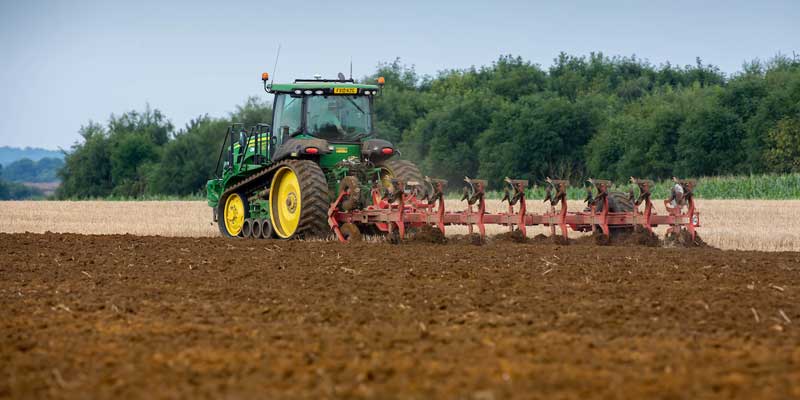
The farm has also invested in GPS to improve accuracy and use of resources including time, fuel and manpower as well as reducing soil impact.
Role of the advisers and network
The farm's adviser, who is the Area Manager for Lincolnshire, has only been with the fertiliser distributor company for around six months. He has a background in agronomy and is also BASIS and FACTS qualified.
He says: “Although my role is a retail one, coming from a technical background, it’s really about giving the right advice. It involves everything from soil sampling through to planning crop nutrient management and seeing the product to the point of leaving the farm. There’s a lot that goes into it, and we cover all the crops that my client grows.
“Nutrient management is a big area for us at present, with the data for this coming from soil sampling enabling us to match nutrient applications as closely as possible with soil and crop need. I also deal with potatoes on the farm. These are grown by a contractor who rents the land from Blaco and I provide them with nutrient advice which helps.”
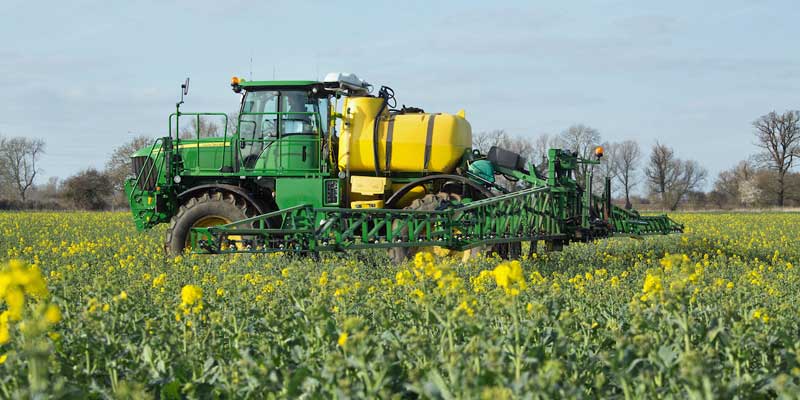
Liquid fertilisers have been used on the farm for many years, and the relationship with a fertiliser manufacturer/distributor pre-dates the farmer taking over management.
Importance of fertiliser
The farm manager says: “Because of the nature of this land, fertiliser is very important. If we were to leave a section of land unsprayed with fertiliser it would look barren in the spring. I think it comes down to the nutrient-holding ability of the soil which means it does need feeding throughout the spring.
“However, we are careful not to over-apply and we are not solely dependent on liquid fertiliser. We are trying to achieve a balance between organic and inorganic fertilisers – we need both. Timing is also critical to ensure optimum nutrient take-up.
Fertiliser cost is also becoming more of an issue.
"Crop management plays a part including when we sow and whether we should sow at all given the likely yields – the cropping and nutrient management decisions are closely integrated.”
As well as the fertiliser adviser, the farm also uses an agronomist employed by another distributor.
He has input into the decision-making on the farm and, although it has not happened yet, the farm manager anticipates that round table sessions with both advisers will be a feature of farm management in the future and in developing future plans.
He says: “My advisers feed into the vision I have for the farm, which is mainly about soil improvement, as everything else, such as the health of the plants, follows from that. As a result, the yields are greater, more from less input and less risk of nutrients not being available to crop for uptake, and it is a healthier business.
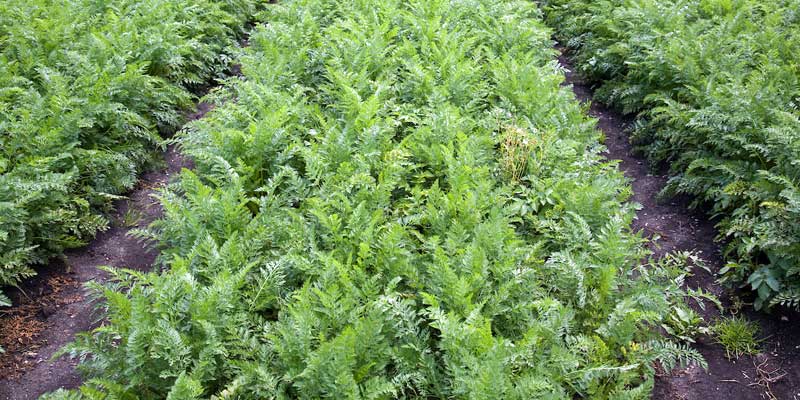
“We have one other adviser who we have used for many years. He helps us to develop the overall nutrient management plan and also works on the neighbouring maize crop.”
Environmental activity
The woodland and lake on the farm were created following quarrying by Tarmac. This area provides natural habitat but it currently does not receive any funding. The farm is in Mid-Tier Stewardship and this involves grassland, field margins, over-wintered stubble and around nine hectares of wild birdseed plots.
In terms of the importance of stewardship income to the farm, the farm manager says: “Every source of income is important to the farm. It’s diversified and secure which is good. I think it will become more important with the phasing out of the BPS payment.
“We could probably do without the income at present, but we are doing these things and the payments are there, so why wouldn’t we take them. Going forward I think it will be more of a business requirement to be part of these schemes.”
Although the farm has no formal involvement in local water management, there is an issue on local land with flooding on farms adjacent to the River Idle.
In terms of the AD plant the farm grows maize to feed it and uses the digestate on this crop but has little involvement over and above that. A neighbouring farmer is the main contractor to the plant and the farm grows the crop according to a plan provided by the plant.
Soil sampling and nutrient management Soil sampling is something which has been carried out on the farm for some time with most fields being sampled around every four years ahead of spring crops.
The farm manager says: “Soil management and improving the soil is definitely something which is prominent in my mind going forward. This is the first year that we have done soil organic matter measurement and that provides a base point.
“This has shown how varied the soil is across the farm and that we need to manage the different soils differently. It’s quite low on the sandy soils which re-affirms what we already knew in terms of requiring higher inputs. I hope that in four years’ time we will be able to make comparisons in terms of organic matter and what’s happening with inputs and crop yields.
“The idea is to try to identify the things that we could be doing to improve the health of the soil and, therefore, to increase yields and improve environmental impact.”
They are carrying out sampling on a targeted, area-by-area basis rather than doing the whole farm at once. The farm manager says: “We are aiming to establish a benchmark for each area. Soil sampling isn’t cheap, so splitting it over a four-year period makes sense. The improvements we can achieve will depend on the soil we are working with.
The fertiliser adviser says: “Improving soil organic matter takes a long time but we are looking more at measuring active carbon which will give us a quicker indication of the improvements we are making. In terms of Government funding, we want to see schemes that reward improvement as well as recognising the value of soils that already have a high organic matter.”
Attitude towards environmental stewardship and ELMS
William says that sustainability is definitely an issue when it comes to soil management and crop nutrition, and they have increased the use of cover crops.
“It’s not just about improving crops, sustainability is also an issue when it comes to improving the organic matter in the soil and achieving that better balance between organic and inorganic fertiliser we spoke of earlier,” he says, “We are also trying to minimise nitrate (N) and potassium (K) loss from our lighter soils especially – K isn’t an issue for the environment but we need to use it as resourcefully as possible.
"The risk of phosphorus is kept low by making sure we don’t exceed optimal P levels. Going forward sustainability has to be a big driver for our farming practices.
“We are gradually making changes, for instance, this year there are more cover crops than last year which can make a big difference in holding nutrients in the soil instead of leaving it bare. We are learning as we go along and we are reluctant to make too many changes, too quickly.
"We are learning which cover crops work for which crops, and also we are able to be more targeted with our fertiliser on crops such as potatoes.
“In the future, we intend to direct drill into the cover crops meaning that we would reduce the disturbance of the soil even more. However, this is not applicable to all crops and we may need to strip-till some. It’s an area we are exploring.
"At the moment much of the soil is not sufficient in quality to do this, but if we can increase the soil organic matter, hopefully we can move in that direction.”
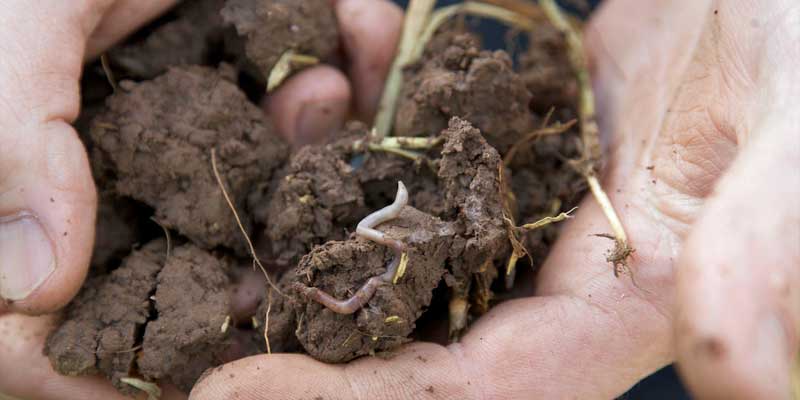
Government schemes
In terms of attitudes towards Government schemes, the farm manager says: “I think it’s important for the Government to understand that farmers are trying to improve and move towards sustainable practices. If we move too fast we could easily put ourselves out of business, but we are making changes.
We are in business and we have to be profitable in order to be sustainable and continue to make changes.” As BPS reduces year-on-year, the business is having to replace that income and they are planning five years ahead to when BPS will be phased out altogether.
In terms of ELMS, the farm manager says: “We have applied to be part of the ELMS pilot but we know very little about the scheme itself as very little information has been issued. We had Lincolnshire Wildlife Trust here last week and we were asking them what they wanted and they were saying ‘what do you want to do?’. It seems there is very little clarity.
“I was thinking ELMS would be for larger projects and maybe taking land out of production. I think that there might be more opportunities for us on the ‘natural capital’ side of things and ‘local nature recovery’. We would be looking to be rewarded for some of the things we are already doing in terms of wetlands, nature corridors etc.
“Obviously when we plant a crop we take risk, particularly on land adjacent to the river which flood frequently. If there’s an option through ELMS to change land use and get paid without taking a risk, it’s something we would take.
“I do think it’s unfair that farmers who were paid to rip out hedgerows are now to be paid to restore them, where we never ripped them out. There should be a long-term payment for maintaining the hedgerows in the way we have.”
Potential areas for ELMS
Potential areas that this farm could be involved with in ELMS include:
- Soil management
- Boundary features
- Fertiliser use
- Surface run-off/management
- Efficient water use
- Woodland – management and creation
- Signage and information
- Access and Engagement
- Water storage


